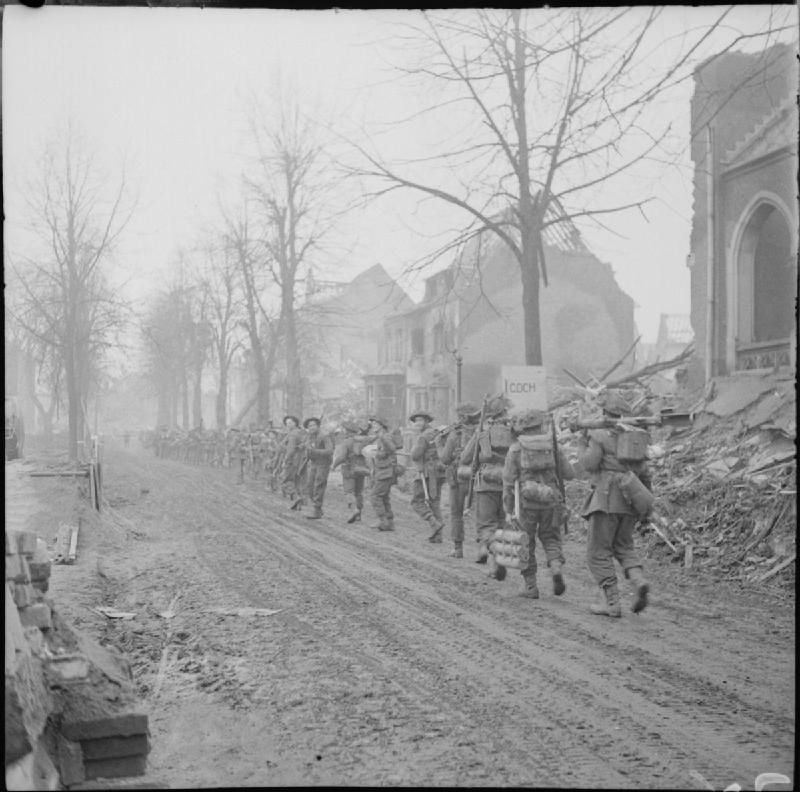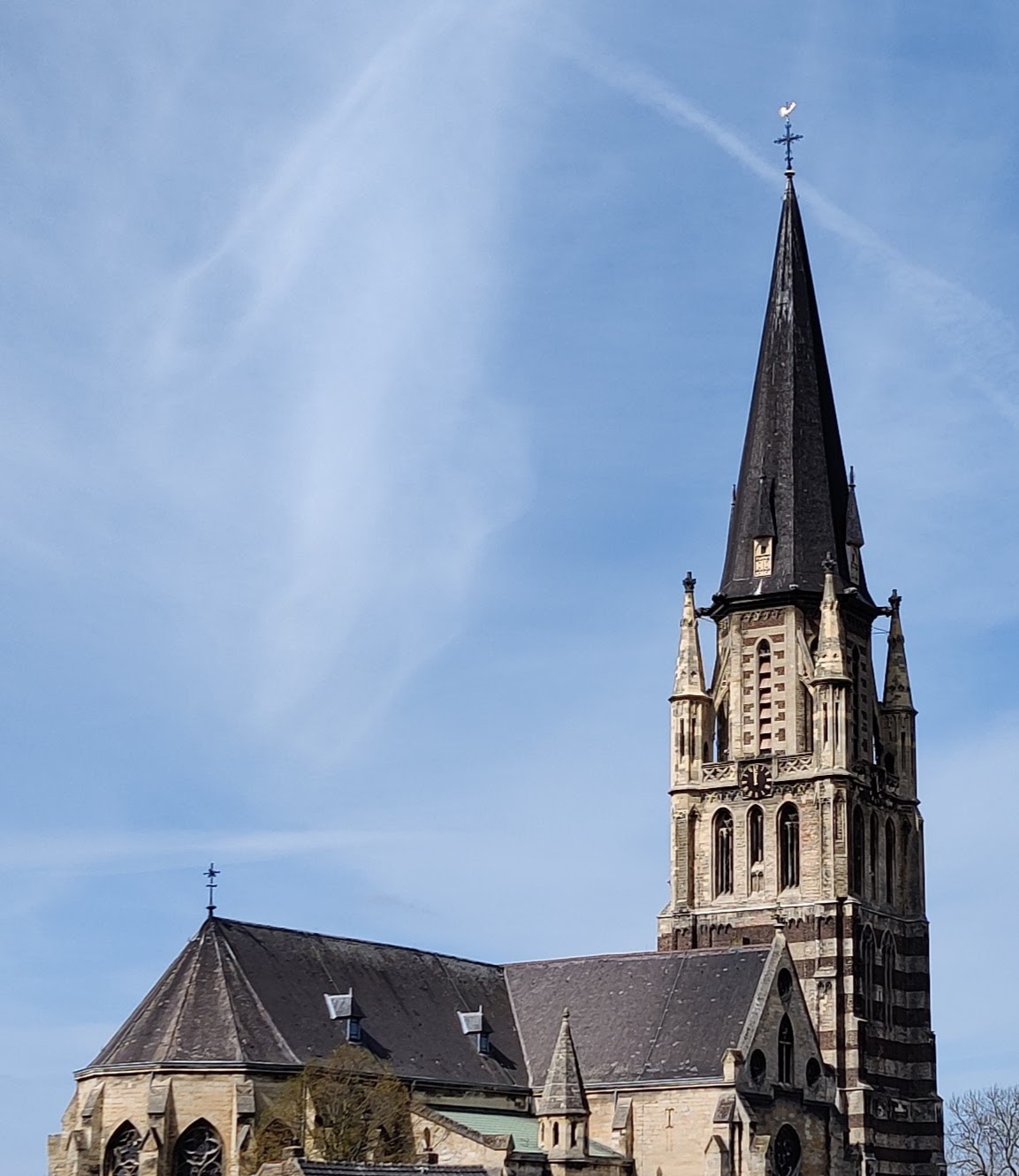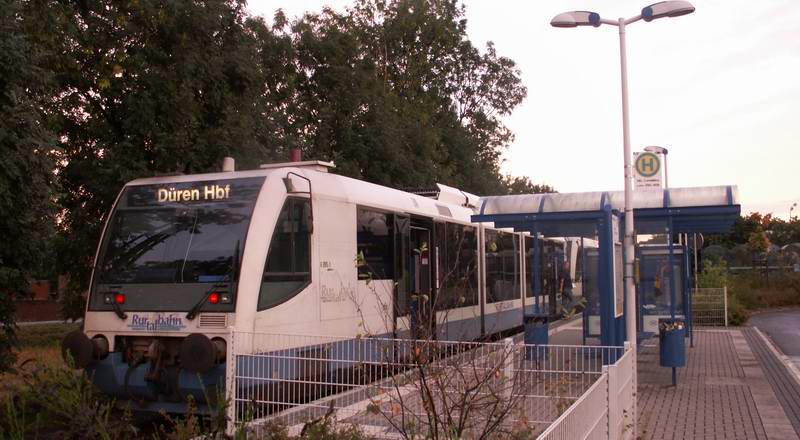|
Roer (department)
Roer () was a Departments of France, department of the French First Republic and later First French Empire in present-day Germany and the Netherlands. It was named after the river Roer (Rur), which flows through the department. It was formed in 1797, when the left bank of the Rhine was occupied by the French. The department was formed from the duchies of duchy of Jülich, Jülich and duchy of Cleves, Cleves, the part of the Electorate of Cologne, Archbishopric of Cologne left of the Rhine, the Free City of Aachen, the Prussian Guelders, Prussian part of the duchy of Guelders and some smaller territories. In 1805 the city of Wesel was added to the department. The capital was Aachen, Aix-la-Chapelle (''Aachen''). The department was subdivided in the following arrondissements and canton (administrative division), cantons (situation in 1812): [...More Info...] [...Related Items...] OR: [Wikipedia] [Google] [Baidu] |
Departments Of France
In the administrative divisions of France, the department (, ) is one of the three levels of government under the national level ("territorial collectivity, territorial collectivities"), between the Regions of France, administrative regions and the Communes of France, communes. There are a total of 101 departments, consisting of ninety-six departments in metropolitan France, and five Overseas department and region, overseas departments, which are also classified as overseas regions. Departments are further subdivided into 333 Arrondissements of France, arrondissements and 2,054 Cantons of France, cantons (as of 2023). These last two levels of government have no political autonomy, instead serving as the administrative basis for the local organisation of police, fire departments, and, in certain cases, elections. Each department is administered by an elected body called a departmental council (France), departmental council ( , ). From 1800 to April 2015, these were called gene ... [...More Info...] [...Related Items...] OR: [Wikipedia] [Google] [Baidu] |
Canton (administrative Division)
A canton is a type of administrative division of a country. In general, cantons are relatively small in terms of area and population when compared with other administrative divisions such as county, counties, Department (administrative division), departments, or provinces. Internationally, the most politically important cantons are the Cantons of Switzerland, Swiss cantons. As the constituents of the Swiss Confederation, theoretically and historically, they are semi-sovereign states. The term is derived from the French language, French word ''wikt:canton#French, canton'', meaning "corner" or "district" (from which "cantonment" is also derived). In specific countries Cantons exist or previously existed in the following countries: *Cantons of Belgium *Bohol#U.S. intervention and occupation, Cantonal Government of Bohol *Cantons of Bolivia *Cantons of the Federation of Bosnia and Herzegovina, Cantons of Bosnia and Herzegovina: federal units of the Federation of Bosnia and Herzegovi ... [...More Info...] [...Related Items...] OR: [Wikipedia] [Google] [Baidu] |
Geldern
Geldern (; , , ; archaic English: ''Guelder(s)'') is a city in the States of Germany, federal German state of North Rhine-Westphalia. It is part of the Kleve (district), district of Kleve, which is part of the Düsseldorf (region), Düsseldorf Regierungsbezirk, administrative region. The nearby Province of the Netherlands, Dutch province of Gelderland is named after this city. Geography Location Geldern lies in the plains of the lower, northern Rhineland, west of the Rhine. Its average elevation is 27 m Above mean sea level, AMSL. The river Niers, a tributary of the Meuse (''Maas''), flows through Geldern. The stream Gelderner Fleuth flows into the Niers in Geldern. It is close to both Düsseldorf Airport and Airport Weeze, also called Airport Niederrhein (referring to the Lower Rhine region). Subdivisions Geldern is subdivided into the following boroughs: * Geldern City * Hartefeld * Geldern-Kapellen, Kapellen (formerly Capellen) * Lüllingen * Pont * Veert * Vernum * Wal ... [...More Info...] [...Related Items...] OR: [Wikipedia] [Google] [Baidu] |
Cleves
Kleve (; traditional ; ; ; ; ; Low Rhenish: ''Kleff'') is a town in the Lower Rhine region of northwestern Germany near the Dutch border and the River Rhine. From the 11th century onwards, Cleves was capital of a county and later a duchy. Today, Cleves is the capital of the district of Kleve in the German state of North Rhine-Westphalia. The city is home to one of the campuses of the Rhine-Waal University of Applied Sciences. Territory of the municipality In addition to the inner city, the territory of Kleve comprises fourteen villages and populated places: Bimmen, Brienen, Donsbrüggen, Düffelward, Griethausen, Keeken, Kellen, Materborn, Reichswalde, Rindern, Salmorth, Schenkenschanz, Warbeyen and Wardhausen. History The name ''Kleff'' probably derives from Middle Dutch ''clef'', ''clif'' 'cliff, bluff', referring to the promontory on which the Schwanenburg castle was constructed. Since the city's coat of arms displays three clover leaves (German ''Klee'', Lo ... [...More Info...] [...Related Items...] OR: [Wikipedia] [Google] [Baidu] |
Sittard
Sittard (; ) is a city in the Netherlands, situated in the southernmost province of Limburg. The town is part of the municipality of Sittard-Geleen and has almost 37,500 inhabitants in 2016. In its east, Sittard borders the German municipality of Selfkant (in the state of North Rhine-Westphalia). The city centre is located at 45 m above sea level. History Archaeological discoveries have dated the first settlement in the Sittard area around 5000 B.C. Present day Sittard is assumed to have been founded around 850 A.D. and to have been built around a motte. Sittard was first mentioned in 1157. It was granted city rights by the Duke of Limburg in 1243. In 1400 it was sold to the Duchy of Jülich, and remained in its possession until 1794. The city was destroyed and rebuilt repeatedly, due to fires and various conflicts during the 15th-17th century. It was a stronghold until it was largely destroyed in 1677, during the Franco-Dutch War. Under French occupation (1794-1814), Si ... [...More Info...] [...Related Items...] OR: [Wikipedia] [Google] [Baidu] |
Monschau
Monschau (; , ; ) is a small resort town in the Eifel region of western Germany, located in the Aachen district of North Rhine-Westphalia. Geography The town is located in the hills of the North Eifel, within the Hohes Venn – Eifel Nature Park in the narrow valley of the Rur river. The historic town center has many preserved half-timbered houses and narrow streets have remained nearly unchanged for 300 years, making the town a popular tourist attraction nowadays. Historically, the main industry of the town was cloth-mills. History On the heights above the city is Monschau castle, which dates back to the 13th century — the first mention of Monschau was made in 1198. Beginning in 1433, the castle was used as a seat of the dukes of Jülich. In 1543, Emperor Charles V besieged it as part of the Guelders Wars, captured it and plundered the town. However, the castle stayed with Jülich until 1609, when it became part of Palatinate-Neuburg. In 1795, the French capt ... [...More Info...] [...Related Items...] OR: [Wikipedia] [Google] [Baidu] |
Linnich
Linnich is a town in the district of Düren in the state of North Rhine-Westphalia, Germany. It is located on the River Rur (Roer river), approx. 10 km north-west of Jülich. Economy Linnich is the home of SIG Combibloc, the specialist for aseptic carton packaging. On the same Industrial site Gascogne Laminates Germany is producing laminates packaging for the pharmaceutical industry. Town twinnings Since 1974, Linnich is twinned with the French town of Lesquin in the Nord département. Transportation Linnich has no direct connections to German Autobahns, but the exits Erkelenz-Süd of the BAB 46, Titz, Jülich-Ost or Aldenhoven of the BAB 44 can be used. Linnich is connected to the Rurtalbahn since 2002, and has one station near the SIG-factory and one in the suburb Tetz. Culture and landmarks Museums * Deutsche Glasmalerei-Museum (''German Stained glass Stained glass refers to coloured glass as a material or art and architectural works created from it. A ... [...More Info...] [...Related Items...] OR: [Wikipedia] [Google] [Baidu] |
Heinsberg
Heinsberg (; ) is a town in North Rhine-Westphalia, Germany. It is the seat of the district Heinsberg. It is situated near the border with the Netherlands, on the river Wurm, approx. 20 km north-east of Sittard and 30 km south-west of Mönchengladbach. Geography Wassenberg is the town to the north of Heinsberg, Hückelhoven to the east, Waldfeucht and Gangelt to the west, and Geilenkirchen to the south. Two rivers flow through Heinsberg, the Wurm and the Rur. The Wurm flows into the Rur near to Rurkempen, a village of Heinsberg municipality. History Economy Due to its proximity to the Benelux countries, sufficient industrial park areas, low trade tax and good traffic connections, Heinsberg has good prerequisites for development. Companies include: * Enka Gmbh & Co KG * Hazet (tool company) * Sera Aquaristic Sights The city of Heinsberg has just a few ancient structures. Most of the city was destroyed in 1944 during World War II. The main sights are: * St ... [...More Info...] [...Related Items...] OR: [Wikipedia] [Google] [Baidu] |
Schleiden
Schleiden () is a town in North Rhine-Westphalia, Germany. It lies in the Eifel hills, in the district of Euskirchen (district), Euskirchen, and has 12,998 inhabitants as of 30 June 2017. Schleiden is connected by a tourist railway to Kall, Germany, Kall, on the Eifel Railway between Cologne and Trier. The town consists of 18 settlements, the largest of which are Gemünd (Schleiden), Gemünd and Schleiden proper. Subdivisions The borough of Schleiden is divided into 18 settlements (population figures of those at their main residence as at September 2020): Neighbouring municipalities * North: Heimbach (Eifel) (County of Düren) * East: Mechernich, Kall, North Rhine-Westphalia, Kall (both in the county of Euskirchen) * South: Hellenthal (County of Euskirchen) * West: Monschau, Simmerath (both in the Borough of Aachen) History In the Middle Ages and Early Modern times, Schleiden was the centre of a lordship, later the Barony of Schleiden, County of Schleiden, which itself wa ... [...More Info...] [...Related Items...] OR: [Wikipedia] [Google] [Baidu] |
Geilenkirchen
Geilenkirchen (, Ripuarian: ) is a town in the district Heinsberg, in North Rhine-Westphalia, Germany. It is situated near the border with the Netherlands, on the river Wurm, approx. 15 km (9.3 mi) north-east of Heerlen and 20 km (12.4 mi) north of Aachen. It was the site of Operation Clipper in November 1944. The town gives its name to nearby NATO Air Base Geilenkirchen. The base is home to seventeen E-3A airborne early warning and control aircraft flown by aircrew from over fourteen nations. On 24 July 2019 the highest temperature ever recorded in Germany was measured in Geilenkirchen at during a heat wave A heat wave or heatwave, sometimes described as extreme heat, is a period of abnormally hot weather generally considered to be at least ''five consecutive days''. A heat wave is usually measured relative to the usual climate in the area and ... that affected much of Europe. The record was broken the following day when temperature in Lin ... [...More Info...] [...Related Items...] OR: [Wikipedia] [Google] [Baidu] |
Vettweiß
Vettweiß (alternative spelling: ''Vettweiss'') is a municipality in the district of Düren in the state of North Rhine-Westphalia, Germany. It is located approximately 10 km south-east of Düren. Division of the municipality Vettweiß consists of 11 villages: * Vettweiß with Kettenheim * Froitzheim with Frangenheim * Ginnick * Soller * Jakobwüllesheim * Kelz * Lüxheim * Gladbach with Mersheim * Müddersheim * Disternich * Sievernich Politics Town council * CDU: 15 seats (–) * BI: 4 seas (-1) * SPD: 6 seats (–) * Alliance 90/The Greens Alliance 90/The Greens (, ), often simply referred to as Greens (, ), is a Green (politics), green political party in Germany. It was formed in 1993 by the merger of the Greens (formed in West Germany in 1980) and Alliance 90 (formed in East Ger ...: 3 seats (+1) (Elections in May 2020) Mayor Joachim Kunth was elected mayor in September 2015, and re-elected in September 2020. References External links Düren ( ... [...More Info...] [...Related Items...] OR: [Wikipedia] [Google] [Baidu] |
Eschweiler
Eschweiler (, Ripuarian language, Ripuarian: ) is a municipality in the district of Aachen (district), Aachen in North Rhine-Westphalia in Germany on the river Inde, near the German-Dutch-Belgian border, and about east of Aachen and west of Cologne. History * Celts (first ore mining) and Romans (roads and villae rusticae). * 828: First mentioned by Einhard, the biographer of Charlemagne. * 1394: Coal mining first mentioned. * For some centuries part of the Duchy of Jülich. * 1678: Completely destroyed except one house and the valuable leather Pietà. * 1794: Given to France. * 1800: French municipal rights and capital of the Canton of Eschweiler in the French Roer (department), Département de la Roer. * 1816: Given to Prussia. The French Cantons of Burtscheid and Eschweiler are put together to form the Prussian Kreis Aachen. * 1838: Foundation of the first joint stock company in the then Kingdom of Prussia: Eschweiler Bergwerksverein (i.e. Eschweiler Coal Mining Com ... [...More Info...] [...Related Items...] OR: [Wikipedia] [Google] [Baidu] |







